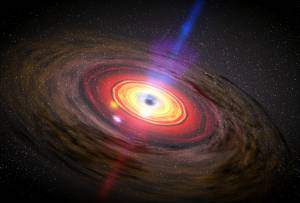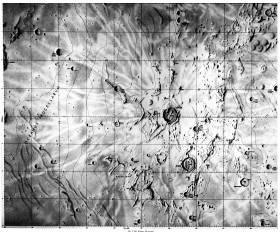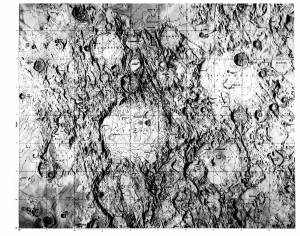NUMBER OF CRATERS.
We must accept that the meteoroids collided with the lunar surface more often during the first thousand millions of years of the Moon, when the Solar System was forming.

On Earth, the combined actions of wind and water eroded our planet and reshape its appearance almost on a daily basis. The Moon, on the other hand, has no air, no water, no plate tectonics,…Consequently, features dating back almost to the formation of the Moon itself are still visible today.
Subquest volcanic activity filled the craters with lava, creating the formations we see today. Not all the great craters became flooded with lava, however. Whatever volcanic activity once existed on the Moon ended long ago.
The lunar surfaces where the lava flooded a lot of craters, we say these lunar surfaces are younger than the lunar surfaces where the craters not became flooded with lava (these lunar surface have more number of craters).
Example.
We imagine a wall, in this wall we put thumbtack random. When we take away the thumbtack, in the wall there are holes, these holes are like our craters, and the thumbtack are like our meteoroids.
After we take away the thumbtack, we paint a part of the wall, this way we flooded some holes.
Now, we put again thumbtack for all wall (also where we painted), and we have more “craters”. In the wall, where we paint there are less “craters” that where we not paint.
We say that the zone of the wall that we painted is younger than the part of the wall not painted.
With this information, answer the following question: Which do the following lunar surfaces are older?






